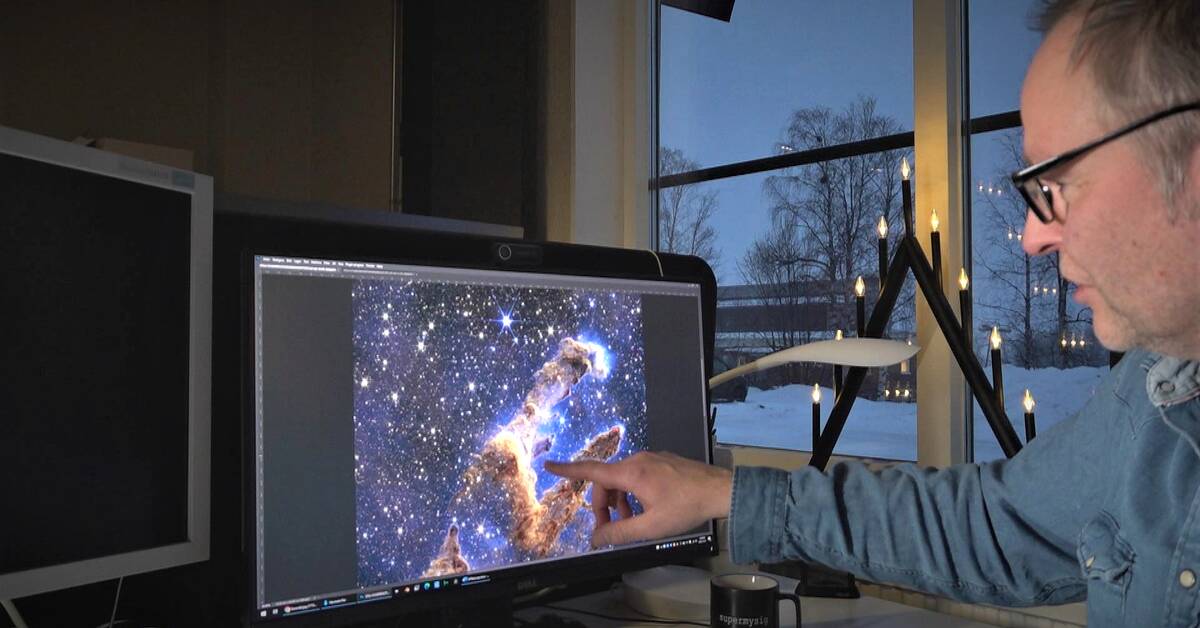When we greet Göran Strand two days before Christmas, he tells us in passing that one of his photos on the same day became “Photo of the Day” on the NASA website. Hence, he has become famous as a photographer, with a worldwide reputation in fact.
– It’s exciting every time something new comes out of the James Webb Telescope. He adds that the technical level is much higher than that of its predecessor, Hubble.
For us casual amateurs, James Webb’s photos might look like any other starry sky. Subjects may be infinitely far away.
life in space?
Capturing the light that originated from a star (by astronomical standards) shortly after the Big Bang means that in the billions of years since the light left the star, the day has moved far, far away. In the end until now we will not be able to see them again, no matter how advanced the technology.
– The most exciting thing in 2023 will be to find an exoplanet, where the atmosphere indicates the possibility of life, says Goran Strand.
The fall of the Milky Way
Very far in the future, the Milky Way will be taken over by the neighboring Andromeda galaxy. But then the Earth was swallowed up by the Sun long ago.
– Think of the images you’ll get when our entire galaxy collides. It makes me a little sad, says Goran Strand, that I can’t be there at that time.
In the clip, Göran Strand talks about some of the unique images that the James Webb telescope was able to take – among other things, about the tiny point in the starry sky that is the farthest star found so far.

“Falls down a lot. Internet fanatic. Proud analyst. Creator. Wannabe music lover. Introvert. Tv aficionado.”




More Stories
More than 100 Republicans rule: Trump is unfit | World
Botkyrka Municipality suspends its directors after high-profile trip to New York
Huge asteroid approaching Earth | World